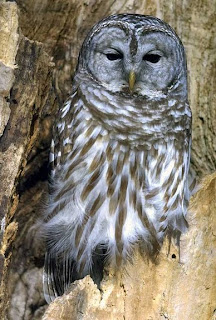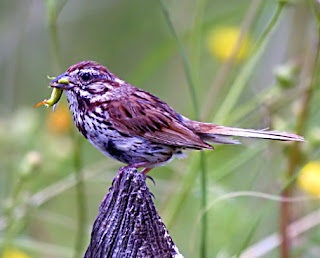Adaptations for Flight 2
1) skeletal
a) bones are hollow with internal braces for support the skull is particularly light. b) no teeth
c) no bones in tail
d) reduction of bones and general fusion of bones
e) Study and draw a picture of the bones and feathers of the wings.
When studying wings, note especially: humerus, ulna, radius, 2 carpels, carpometacarpus with 3 digits. How does this compare with a human arm? Note also the locations of the following structures: primaries, secondaries, allular quills, under wing coverts, axillars, scapulars, lesser, median, and greater secondary coverts, greater primary coverts.
f) Study and draw a picture of the bones of the legs
When studying the legs, note: femur, patella, fibula, tibia, tarsometatarsus, hallux (= toe 1), phallanges 2-3-4 (2 being inside). How does the leg of a bird compare to a human leg?
g) other fusion and modification of bones include: 1) pelvic and pectoral girdles are fused (the pelvic is now called the synsacrum); 2) the keel and sternum are modified for pectoral muscle attachment; 3) coracoids present to prevent flight muscles from squashing the body and lungs. Ribs are strengthened by means of uncinate processes.



Comments
Post a Comment